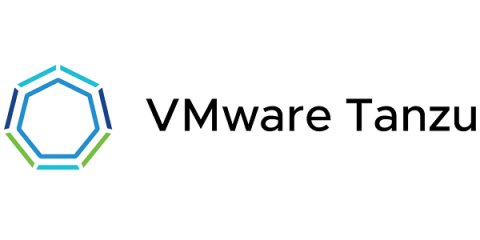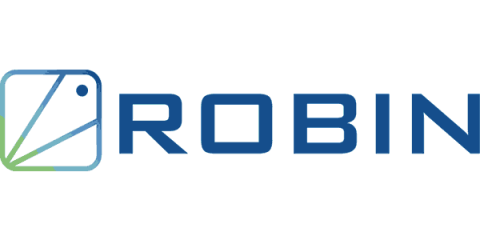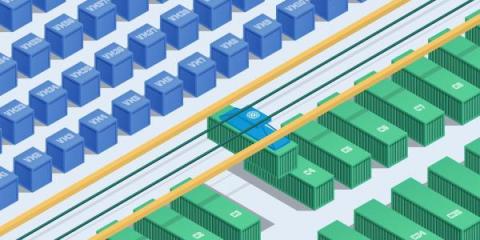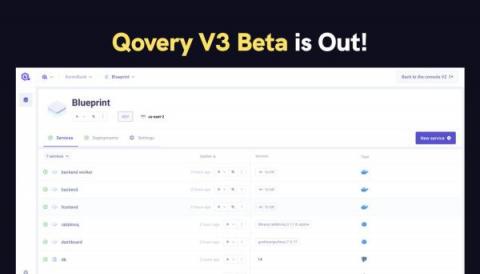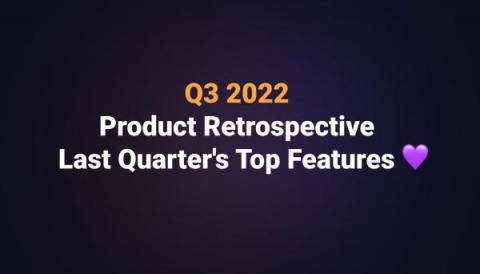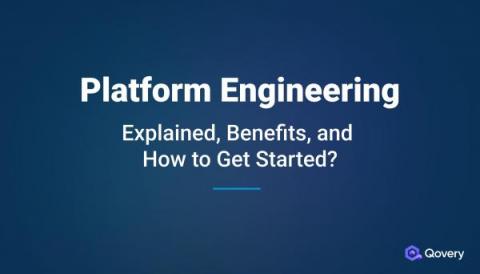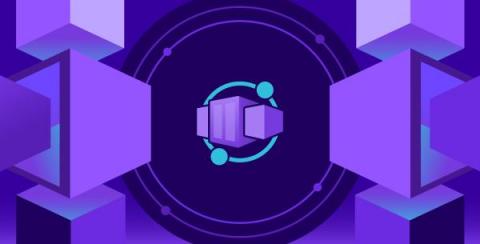Operations | Monitoring | ITSM | DevOps | Cloud
Latest News
Accelerating Application Development on Kubernetes with Tanzu Application Platform
Mphasis is a trusted VMware services partner and is a participating member of the Tanzu Partner Advisory Council. They’ve also participated in the Tanzu Application Platform Design Partner Program, which afforded them the unique opportunity to influence the future of VMware Tanzu Application Platform, by having first access to features before the general release and by providing valuable feedback to VMware’s product teams about both the developer and operator experiences.
Cloud Monitoring further embraces open source by adding PromQL
As Kubernetes monitoring continues to standardize on Prometheus as a form factor, more and more developers are becoming familiar with Prometheus’ built-in query language, PromQL. Besides being bundled with Prometheus, PromQL is popular for being a simple yet expressive language for querying time series data. It’s been fully adopted by the community, with lots of great query repositories, sample playbooks, and trainings for PromQL available online.
Demystifying the complexity of cloud-native 5G network functions deployment using Robin CNP - Part I
Robin.io simplifies the operations and lifecycle management of 5G applications at scale and demystifies the complexity around 5G and network functions management. The simplified end-to-end automation and App-Store-like user interface makes the management of applications easy for operators. This is relevant for several reasons.
Civo Update - October 2022
In September, we announced that Steve Wozniak will be joining us at Civo Navigate to discuss his time at Apple and share his thoughts on the future of technology. Grab your tickets for Civo Navigate today! We also hosted the Cloud Native Community meetup in Florida where we had talks from Mark Boost, CEO at Civo, Kunal Kushwaha, Dev Rel Manager at Civo, and a guest speaker from Defense.com speaking about security.
Fundamentals: What Sets Containers Apart from Virtual Machines
Containers have fast become one of the most efficient ways of virtually deploying applications, offering more agility than a virtual machine (VM) can typically provide. Both containers and VMs are great tools for managing resources and application deployment, but what is the difference between the two, and how do we manage containers?
Qovery V3 Beta is Out
Q3 2022 product retrospective - Last quarter's top features
Platform Engineering: Explained, Benefits, and How to Get Started?
Monitor Azure Container Apps with Datadog
Azure Container Apps is a serverless platform that enables you to deploy containerized applications and microservices—regardless of their code or framework—without managing any underlying cloud infrastructure or orchestrators. By using serverless containers, Azure Container Apps can automatically scale based on HTTP requests or events supported by Kubernetes event-driven autoscaling (KEDA) in order to accommodate peak demand and meet your budgeting goals.



